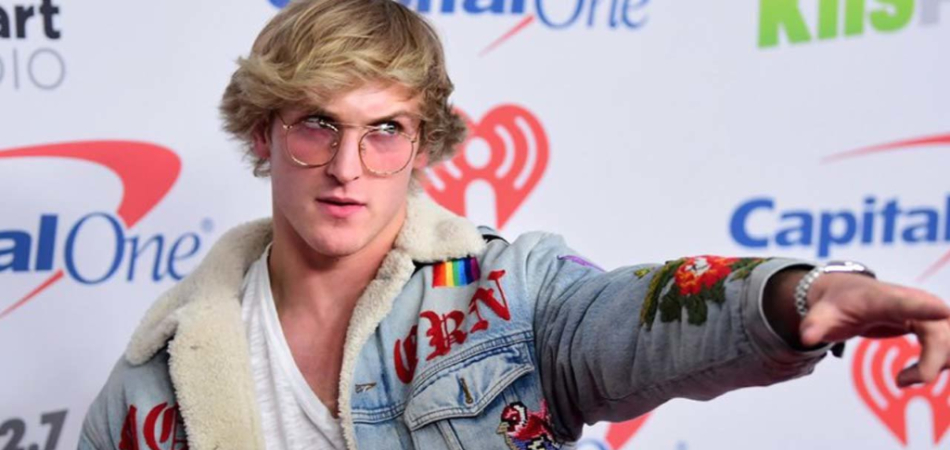
How can brands use music to overcome generational tensions?
Joanna Barnett, Strategy Director at Truant, on the power of music to bring people closer together and broaden a brand’s appeal.
How brands can mitigate risk


What a year 2017 was for influencer marketing! 87% of marketers allocated more budget to influencers last year (up 26% YoY) and it’s not difficult to understand why. With ad-blocking up at an all time high and trust in advertising at an all time low, it stands to reason that brands are clambering to reach their consumers with content they want through the people they trust most.
But it all still feels a little like the Wild West out there. Following recent fiascos such as Logan Paul filming a victim in Japan’s suicide forest, PewDiePie’s anti-Semitic comments and racist slurs in live streams and Belle Gibson faking brain cancer to grow a following, brands are naturally thinking more about how to manage the risk that can be involved when working with them.
Brands, understandably, don’t want their reputation or brand health damaged by proxy if an influencer they are working with becomes a PR disaster and brands don’t want their ads appearing on their content either. Platforms like YouTube, in my opinion, have not done enough to promote brand safety and indeed, the length of time it took YouTube to respond to Logan Paul's disaster really surprised me.
It’s clear that risk mitigation is up to us and brand owners should work with their agencies, legal teams and internal teams to ensure that they’re doing everything they can to manage risk effectively.
Key take outs:
INFLUENCER MARKETING & RISK MITIGATION FOR BRANDS
Read the report here
CONTACT
Michaela MacIntyre, Head of Social, Gravity Thinking, [email protected]
Michaela has been working in digital & social for 10 years and oversees all projects ranging from social strategy, content planning, content creation, content distribution, community management and influencer marketing at Gravity Thinking. She has been named one of the top 100 digital marketing professionals by The British Interactive Media Association, been shortlisted for the Women In Marketing Awards and having grown a following of over 400k on Pinterest is one of Pinterest’s top contributors and part of their Pin Collective. As part of her own enrichment she recently concepted, produced and marketed her own drinks brand in order to learn more about bringing a brand to life through influencers and social.
Looks like you need to create a Creativebrief account to perform this action.
Create account Sign inLooks like you need to create a Creativebrief account to perform this action.
Create account Sign in